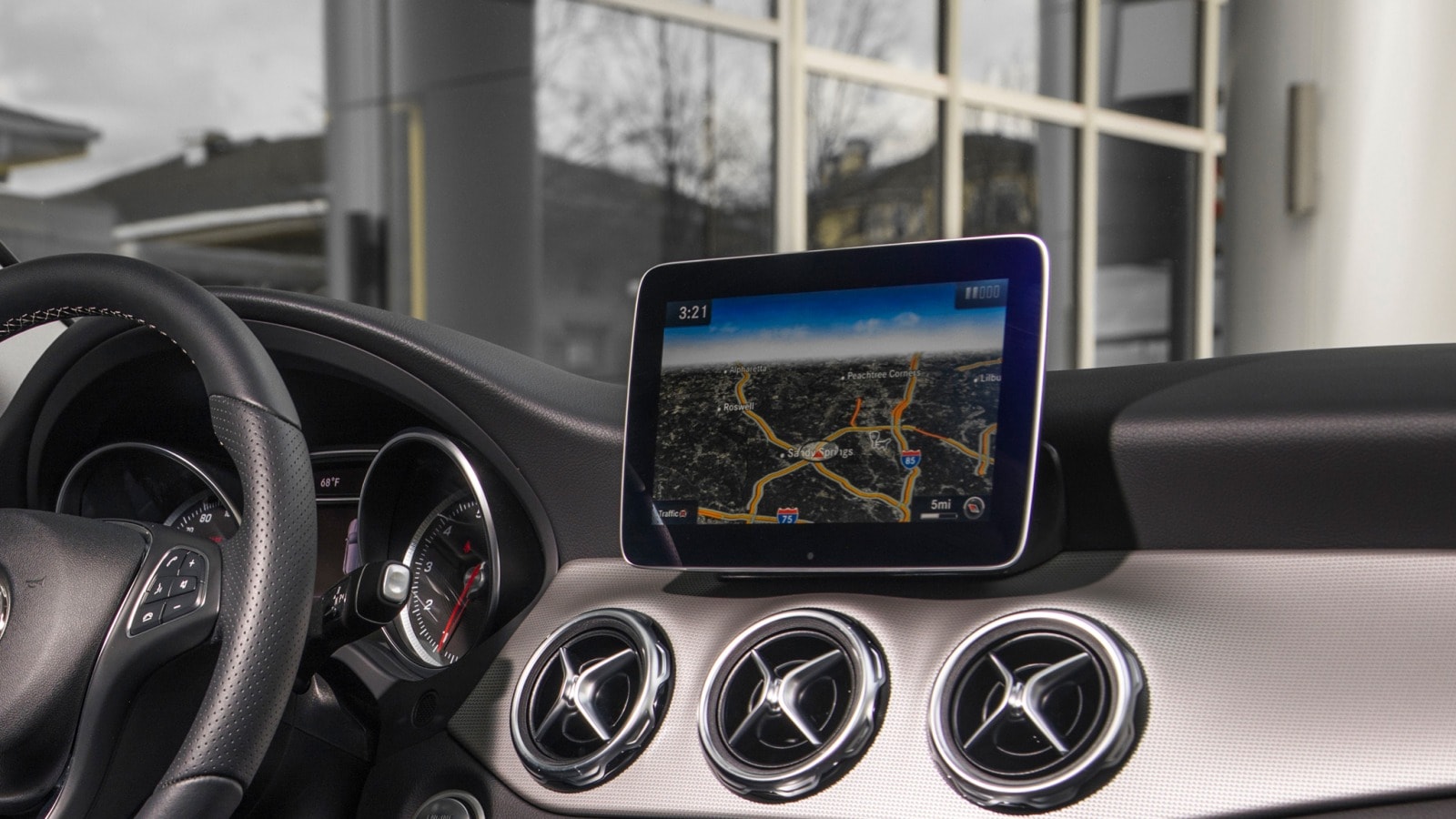Table of Contents
I. Introduction
In an era dominated by cybersecurity concerns, the introduction of Windows Hello brings a breath of fresh air to users seeking advanced and secure authentication methods. With the increasing sophistication of cyber threats, relying on traditional passwords is no longer sufficient. Windows Hello emerges as a game-changer, offering users a seamless and secure way to access their devices.
II. What is Windows Hello?
Windows Hello is a biometric authentication feature integrated into Windows 10 and Windows 11 operating systems. Its primary purpose is to provide a more secure and convenient way for users to log in to their devices. Unlike passwords that can be easily forgotten, compromised, or stolen, Windows Hello leverages biometric data for authentication.
A. Definition and Purpose
Windows Hello eliminates the need for traditional passwords by using biometric data to verify the user’s identity. This includes facial recognition, fingerprint scanning, iris scanning, and PIN authentication. The goal is to create a secure and user-friendly login experience.
B. Biometric Authentication Methods
The beauty of Windows Hello lies in its versatility. It supports various biometric authentication methods, allowing users to choose the one that best suits their preferences and device capabilities.
C. Compatibility with Windows Devices
Windows Hello is not limited to high-end devices; it is designed to be inclusive. Whether you’re using a cutting-edge laptop, a Surface device, or a compatible webcam-equipped desktop, chances are Windows Hello is ready to enhance your authentication experience.
III. Setting up Windows Hello
Setting up Windows Hello is a straightforward process that enhances the security of your device. Let’s walk through the steps to enable this feature and explore the devices that support it.
A. Step-by-Step Guide
- Open Settings on your Windows device.
- Navigate to “Accounts” and select “Sign-in options.”
- Under Windows Hello, choose your preferred authentication method.
- Follow the on-screen prompts to set up facial recognition, fingerprint scanning, or another biometric method.
B. Supported Devices and Systems
Windows Hello is continually expanding its compatibility with various devices and systems. Ensure your device meets the requirements for an optimal Windows Hello experience.
IV. Different Biometric Authentication Methods
Windows Hello offers a range of biometric authentication methods, each with its own set of advantages. Let’s explore these options in detail.
A. Facial Recognition
Facial recognition is one of the most popular Windows Hello authentication methods. It scans and analyzes the unique features of your face to grant access securely and swiftly.
B. Fingerprint Scanning
For those who prefer a tactile approach, fingerprint scanning is a reliable option. It captures and stores your fingerprint data for quick and accurate authentication.
C. Iris Scanning
Iris scanning adds an extra layer of security by analyzing the unique patterns in your iris. This method is highly secure and resistant to spoofing.
D. PIN Authentication
For users who prefer a numerical code, Windows Hello offers PIN authentication. This method provides a balance between security and simplicity.
V. Security Features of Windows Hello
Windows Hello goes beyond standard biometric authentication by incorporating advanced security features.
A. Two-Factor Authentication
To further enhance security, Windows Hello supports two-factor authentication. This involves combining biometric data with a PIN or another authentication method, providing an additional layer of protection.
B. Anti-Spoofing Technology
Windows Hello employs anti-spoofing technology to prevent unauthorized access through the use of photos or other replicas. This ensures that only genuine biometric data is accepted.
VI. Advantages of Using Windows Hello
The adoption of Windows Hello brings forth numerous advantages, addressing both convenience and security concerns.
A. Convenience and Speed
Windows Hello offers a hassle-free and rapid login experience. Users can access their devices with a simple glance, touch, or PIN entry, eliminating the need to remember complex passwords.
B. Enhanced Security
By leveraging biometric data, Windows Hello provides a high level of security that surpasses traditional password-based methods. This is particularly crucial in an age where cyber threats are becoming increasingly sophisticated.
VII. Troubleshooting Windows Hello Issues
While Windows Hello is a reliable authentication solution, users may encounter occasional issues. Let’s explore common problems and their solutions.
A. Common Problems and Solutions
- Recognition Failures: Ensure proper lighting conditions and re-register your biometric data.
- Device Compatibility: Confirm that your device meets Windows Hello requirements.
- Software Updates: Keep your operating system and drivers up to date to resolve compatibility issues.
B. Updates and Patches
Microsoft regularly releases updates and patches to enhance windowsphonefr.com/ performance and address any potential vulnerabilities. Stay vigilant and install updates promptly to ensure optimal functionality.
VIII. Future Developments in Windows Hello
As technology advances, so does the realm of biometric authentication. Let’s explore potential future developments in Windows Hello.
A. Research and Advancements
Ongoing research aims to improve the accuracy and efficiency of biometric authentication. Windows Hello is likely to benefit from these advancements, providing users with an even more secure and seamless experience.
B. Potential Improvements
Future updates may bring enhancements to existing features or introduce novel biometric authentication methods. Keep an eye on Windows announcements for exciting developments.
IX. User Experiences with Windows Hello
Real-world experiences offer valuable insights into the practicality and effectiveness of Windows Hello.
A. Testimonials and Reviews
Users across various industries have praised Windows Hello for its reliability and user-friendly interface. Testimonials highlight the positive impact on daily workflows and overall device security.
B. Real-World Applications
From business professionals to creative enthusiasts, Windows Hello has found application in diverse fields. Whether it’s streamlining work processes or securing sensitive data, the benefits are tangible.
X. Windows Hello vs. Traditional Passwords
Let’s compare the security levels and user preferences between Windows Hello and traditional passwords.
A. Comparison of Security Levels
While traditional passwords have served their purpose, the biometric authentication offered by Windows Hello presents a more secure alternative. The uniqueness of biometric data adds an extra layer of protection.
B. User Preferences
User preferences play a significant role in authentication methods. Some users may find the familiarity of passwords comforting, while others appreciate the modern and secure approach of Windows Hello.
XI. Windows Hello in Business
Windows Hello isn’t limited to personal use; it has found its way into the business world, enhancing workplace security.
A. Integration into Enterprise Systems
Businesses are adopting Windows Hello to strengthen access controls and protect sensitive corporate information. The seamless integration into existing systems makes it a viable choice for enterprises.
B. Enhanced Workplace Security
Windows Hello’s multifaceted authentication methods contribute to a more secure work environment, reducing the risk of unauthorized access and data breaches.
XII. Privacy Concerns and Windows Hello
Addressing user privacy concerns is paramount in the development of biometric authentication solutions. Let’s explore the privacy measures implemented in Windows Hello.
A. Data Protection Measures
Microsoft prioritizes user privacy by implementing robust data protection measures. Biometric data is securely stored and processed locally, minimizing the risk of unauthorized access.
B. Addressing User Privacy Concerns
Transparent communication and user consent are integral to addressing privacy concerns. Windows Hello ensures that users are informed about how their biometric data is used and gives them control over their privacy settings.
XIII. Accessibility Features of Windows Hello
Inclusivity is a key aspect of Windows Hello, making biometric authentication accessible to users with disabilities.
A. Inclusivity for Users with Disabilities
Windows Hello is designed with accessibility in mind, offering options that cater to users with different abilities. Features like facial recognition and PIN authentication provide inclusive alternatives to traditional methods.
B. User-Friendly Interface
The user-friendly interface of Windows Hello makes it accessible to individuals with varying levels of technological expertise. The intuitive setup process ensures a smooth experience for all users.
XIV. Future Trends in Biometric Authentication
The evolution of biometric authentication continues, with new technologies and trends shaping the future landscape.
A. Emerging Technologies
Biometric authentication is likely to witness the integration of emerging technologies such as gesture recognition and voice authentication. These advancements aim to further enhance security and user convenience.
B. Industry Predictions
Experts predict a widespread adoption of biometric authentication in various industries, driven by the need for secure and efficient access control. Windows Hello is expected to play a pivotal role in this evolution.
XV. Conclusion
In conclusion, Windows Hello stands as a beacon of innovation in the realm of secure authentication. The blend of convenience, speed, and advanced security features positions it as a formidable choice for users seeking a reliable alternative to traditional passwords. As technology evolves, Windows Hello is poised to lead the way in shaping the future of biometric authentication.





_3-6.jpg)




